Home
-
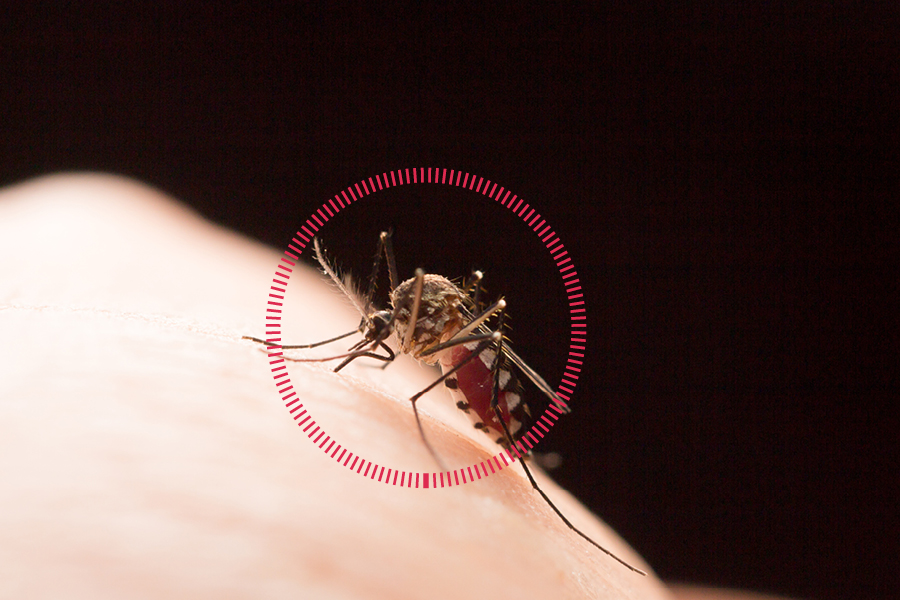
Mosquitoes are one of the most common insect pests that homeowners encounter. This circular introduces a few of the basic techniques and materials that homeowners can use to safely reduce mosquito populations around the home. Becoming familiar with mosquito biology is the first step in using an integrated pest management approach to efficiently and effectively reduce mosquito populations. By learning about mosquito biology, source reduction, surveillance and control, homeowners can become active participants in their own mosquito control program. An integrated approach is the most effective way for homeowners to reduce mosquito populations and reduce the need for pesticide applications in their community.
Elmer Gray
|
-
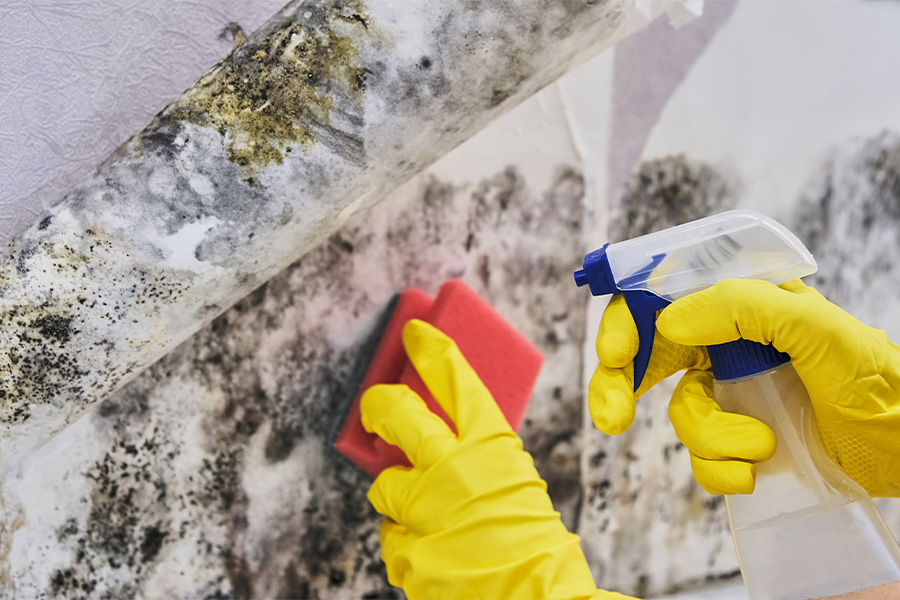
C 1047-2
Removing Mold in Your Home
Mold grows from spores, which are found naturally in the air and cannot be seen by the naked eye. Do a complete inspection of your home using the UGA Mold and Moisture Checklist. The key to controlling mold is to eliminate the source of the moisture problem.
Pamela R. Turner, Jackie E. Ogden, and Melanie Badding
|
-

C 1047-1
Preventing Mold in Your Home
Mold in your home is not only unsightly, it can also cause health problems. If you have mold growing in your home, you may experience allergy-like symptoms, asthma attacks, or other negative health effects. Learn how to prevent mold from becoming a problem in your home.
Pamela R. Turner, Jackie E. Ogden, and Melanie Badding
|
-
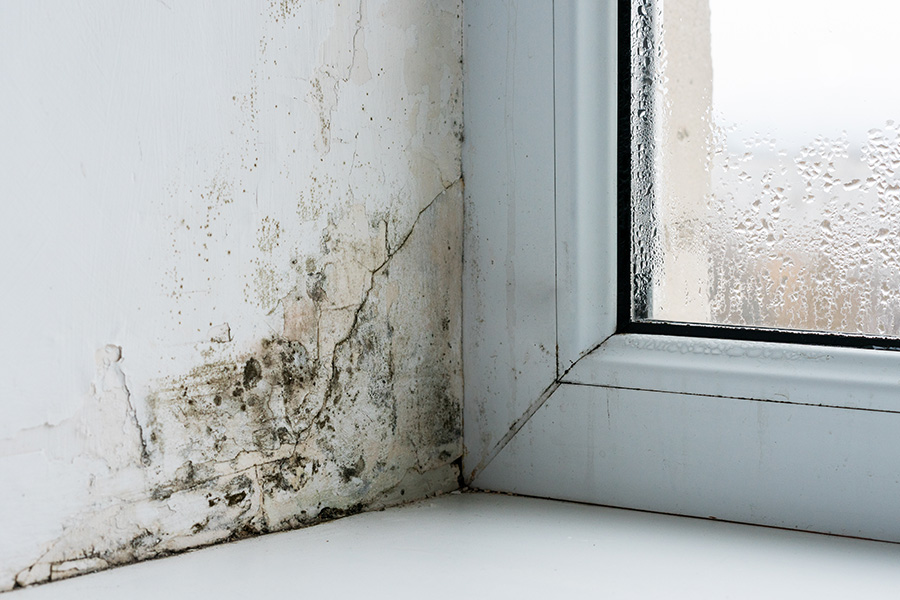
Pamela R. Turner
|
-

C 1082
Home Maintenance Checklist
Just like your personal health, your home’s health will decline without regular care and maintenance. Maintaining a healthy indoor environment helps increase your quality of life and the life of your house. With a few simple steps you can keep your home healthy. Use this checklist as a guideline for your regular spring and fall home maintenance evaluations. Please note that maintenance frequencies may vary depending on your local climate and appliance manufacturing recommendations.
Pamela R. Turner
|
-
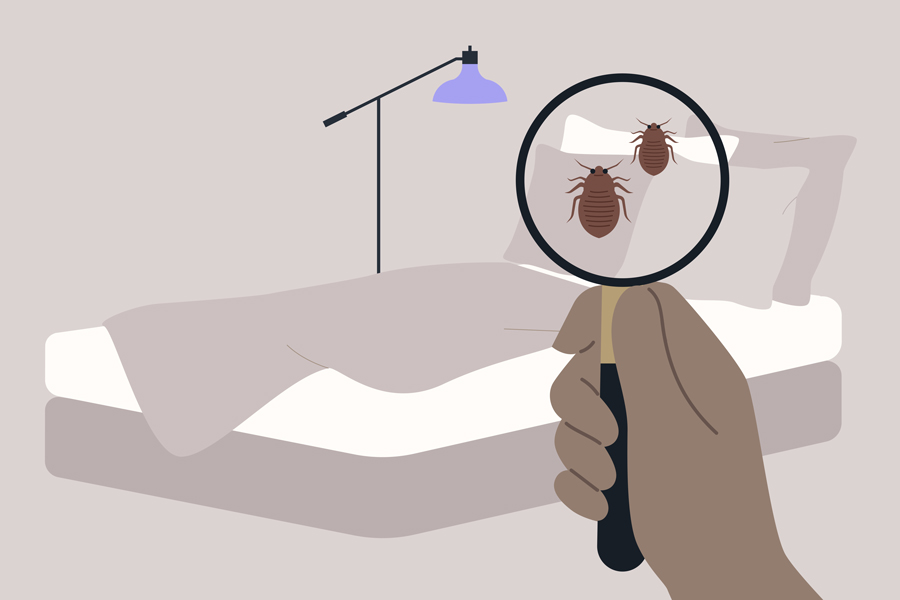
This publication presents helpful information about bed bugs and ways to reduce the risk of bringing them into your home. The circular includes a helpful guide to shopping for secondhand items.
For a handy quick-reference guide, download the two-page version of Circular 1108, Don’t let the bed bugs bite.
Jackie E. Ogden and Pamela R. Turner
|
-

C 2579
Be Aware of Your Indoor Air
Did you know the air inside buildings is nearly always more polluted than outside air? Learn the types of indoor air pollution and what you can do.
This publication was originally published by the LSU AgCenter and released for use in the state of Georgia by UGA Extension Housing & Environment Specialist Pamela Turner.
Pamela R. Turner
|
-
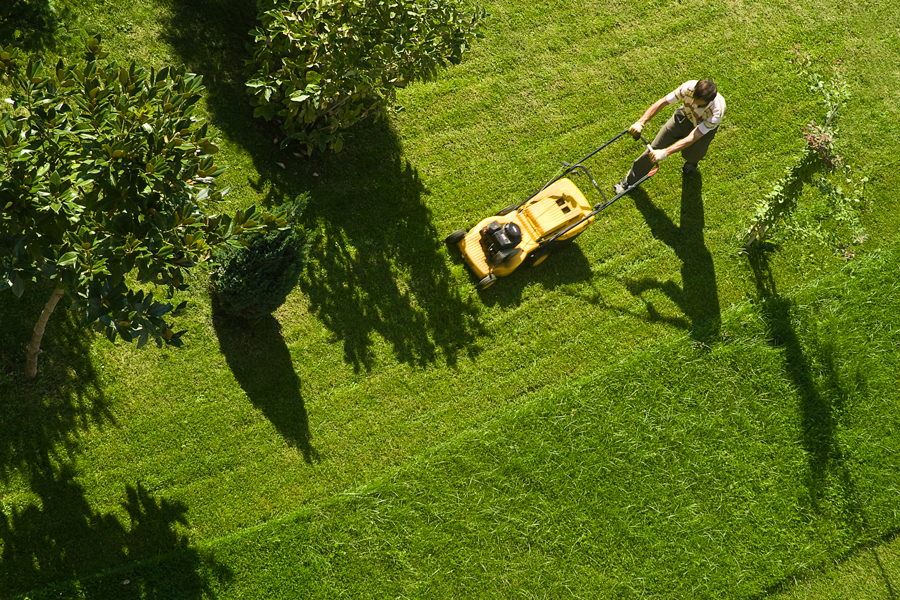
This publication covers routine maintenance and troubleshooting for common motorized equipment (small engine) that is used by small farmers and gardeners. Gardening and landscape equipment can be an expensive investment for both consumers and professionals. However, quality equipment can last a lifetime when cared for properly. Typically, you get what you pay for when it comes to equipment. Higher quality equipment certainly costs more upfront, but usually has fewer problems and will tend to outlast bargain-type tools. With name-brand equipment, parts also tend to be
more readily available. We recommend that you purchase the best equipment you can afford and learn how to take proper care of your equipment to protect your investment. For the garden and landscape, motorized equipment can include everything from a string trimmer to a full-size garden tractor. Most garden equipment is powered by either a two-cycle or four-cycle engine. Two-cycle motors mostly are found on smaller handheld equipment, such as chainsaws, tillers, and trimmers. Four-cycle motors typically are found on larger equipment such as lawnmowers, tillers, and garden tractors, which have separate reservoirs for their gas and engine oil. When properly maintained, both types of motors are quite reliable. Sometimes, very basic issues may keep motors from functioning well. All motors require three basic things to run properly: fuel, fire, and air. If any one or more of these three elements is lacking, the engine will either run poorly or not run at all.Bob Westerfield
|
-
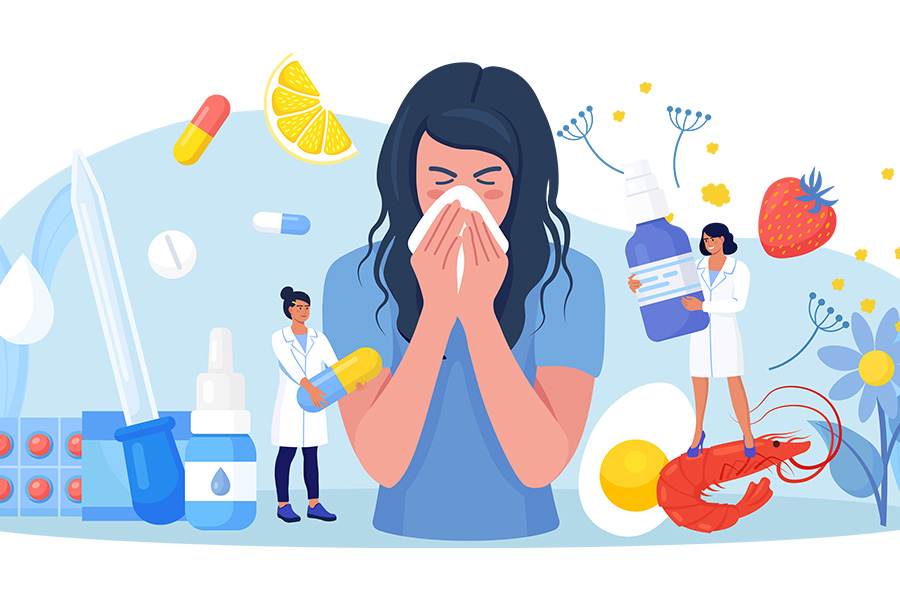
Asthma is a lung disease that affects millions of adults and children, and can be triggered by numerous indoor pollutants such as mold, cockroaches, dust mites, pet dander, and secondhand smoke. There is no cure for asthma, but it can be managed through medication and avoiding allergens that can trigger an attack.
Stephanie Benton, Ines Beltran, and Pamela R. Turner
|